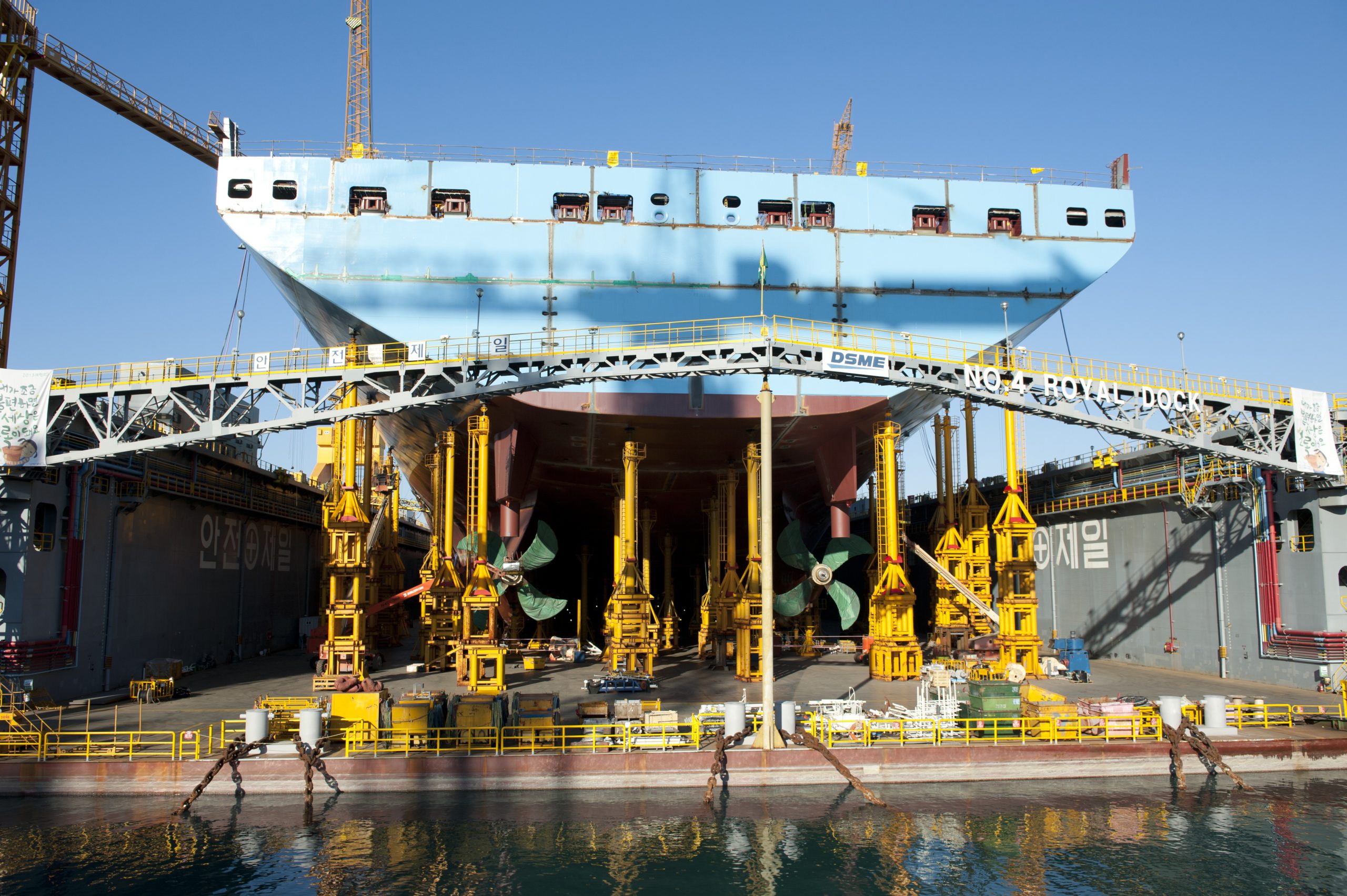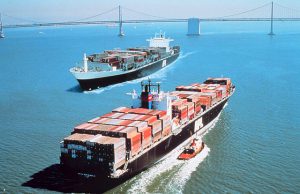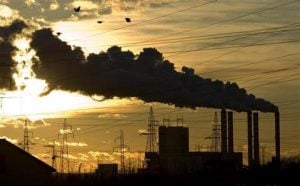Last year, in response to growing awareness of severe air pollution problems in China’s coastal cities, the Chinese government adopted a ground-breaking programme to cut pollution from ships. At its core is a commitment to reduce the sulphur content of marine fuels used by the thousands of container-carrying vessels that visit China’s ports every day.
This week, governments are gathering in London to make a decision that could support this critical effort – or undermine it. Under the auspices of the International Maritime Organization (IMO), the UN agency responsible for regulating shipping, countries will debate whether or not low-sulphur marine fuels should be used in ocean-going vessels worldwide from 2020. A firm commitment to making this happen is essential to tackling ship pollution and its human health impacts, not just in China but around the world.
To understand the importance of this week’s IMO meeting, it is useful to review China’s own marine fuel programme. Last December, the government designated a series of Domestic Emission Control Areas (DECAs) in China’s three busiest port regions – the Yangtze River Delta, Pearl River Delta and Bohai Bay – as part of a plan to phase in a low sulphur marine fuel mandate.
Starting in 2017, all ships calling at the three regions will be required to use fuels containing no more than 0.5% sulphur when berthing in port. In 2019, they will have to use this cleaner fuel anywhere within 12 nautical miles (just under 14 land miles) of coastlines within the DECAs.
Some ports are moving even faster. In April, Shanghai and three other Yangtze River Delta ports began requiring low-sulphur fuels, followed in October by Shenzhen. A similar programme already covers Hong Kong. Combined, these steps mean that ships transporting one fifth of the world’s containers will be using cleaner, low-sulphur fuels in Chinese port regions by 2017.
It is important progress. But it will be much easier for China to make the most of its low-sulphur efforts if the rest of the world steps up and fulfils a promise on low-sulphur fuels made nearly a decade ago.
In 2008, the IMO amended its governing code on the prevention of pollution from ships to require (like China) a 0.5% cap on sulphur content in all marine fuel worldwide, starting in 2020. Since ships are currently free to use fuel containing seven times as much sulphur as this, implementing the pledge would be a major step. However, the code in question – MARPOL Annex VI – was written with an escape clause: if an IMO review were to forecast an insufficient supply of the cleaner fuel in 2020, the deadline would be delayed to 2025.
This week is crunch point. Starting today, the IMO’s Marine Environment Protection Committee (MEPC) will debate whether to implement the global low-sulphur marine fuel requirement in 2020 or 2025.
Costs of delay
Some industry groups are demanding the five-year delay. But this would be a terrible move for both China and the world. There are three key reasons:
First, it would harm human health, causing nearly 135,000 premature deaths in Asia alone, according to the NGOs Seas at Risk and Transport & Environment (T&E). China would be among the countries hardest hit, thanks to the high intensity of shipping activities in and around its ports.
Second, tackling global ship pollution sooner rather than later would supplement China’s own efforts, boosting the health benefits in a country where the impacts on air quality are felt particularly acutely. While China plans to regulate the fuel used in the waters near its coasts, it cannot control activity further afield, and pollution from ships can travel hundreds of miles. Only a global effort can bring true relief to the millions of Chinese citizens breathing dirty air from ocean-going vessels.
Third, delaying the global cap could dampen future Chinese efforts to clean up shipping pollution. The current DECA regulation is slated for a review by the end of 2019 to determine whether more stringent standards should be adopted, and whether the zones covered should be expanded. But if China remains the only Asian country to impose a sulphur limit, some observers believe it could start losing cargo business to less regulated ports nearby. In the face of a severe downturn for the shipping industry, the government could find it difficult to further tighten the rules.
China is moving quickly to cut air pollution from ships. To help it succeed, the IMO must stick to its 2020 deadline.






